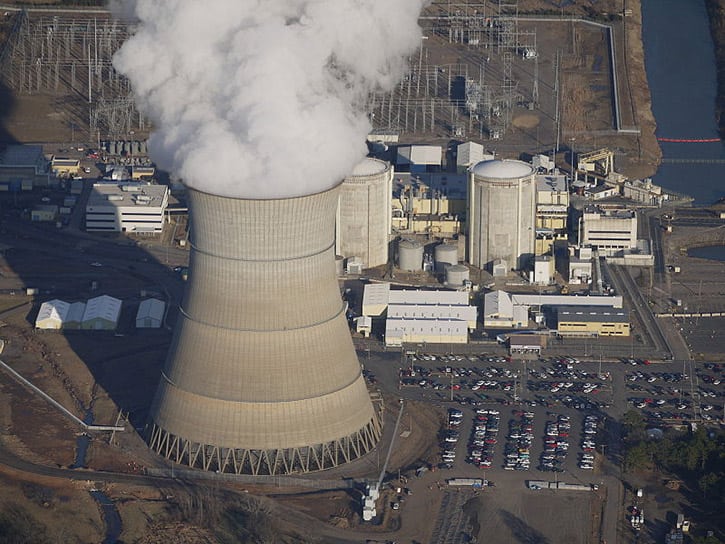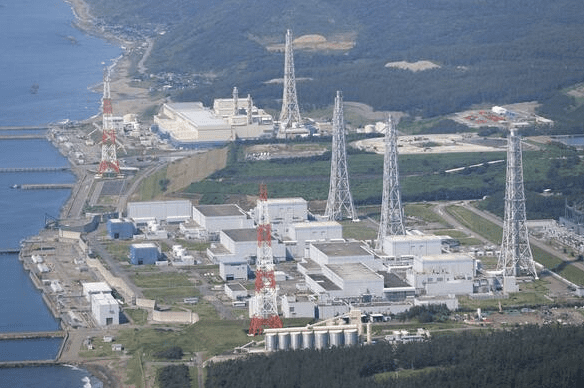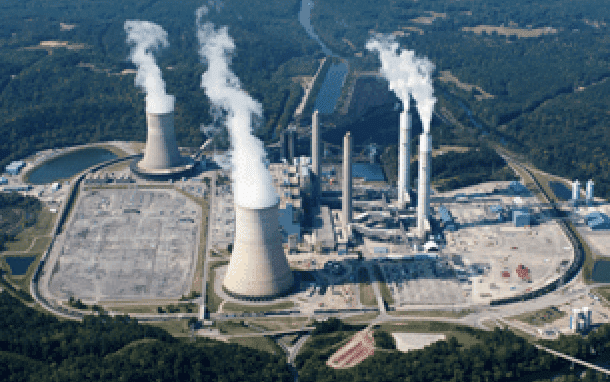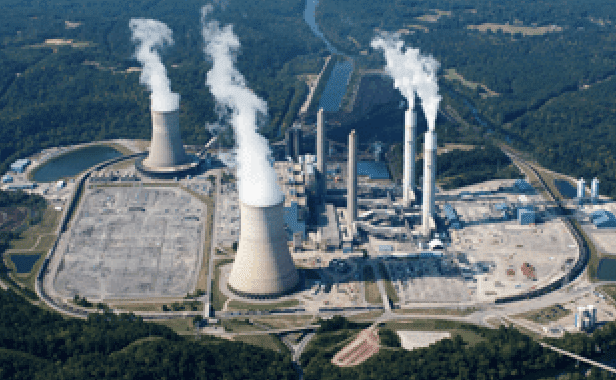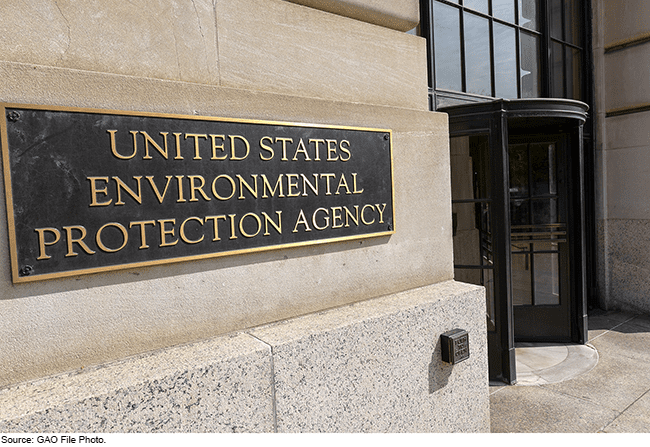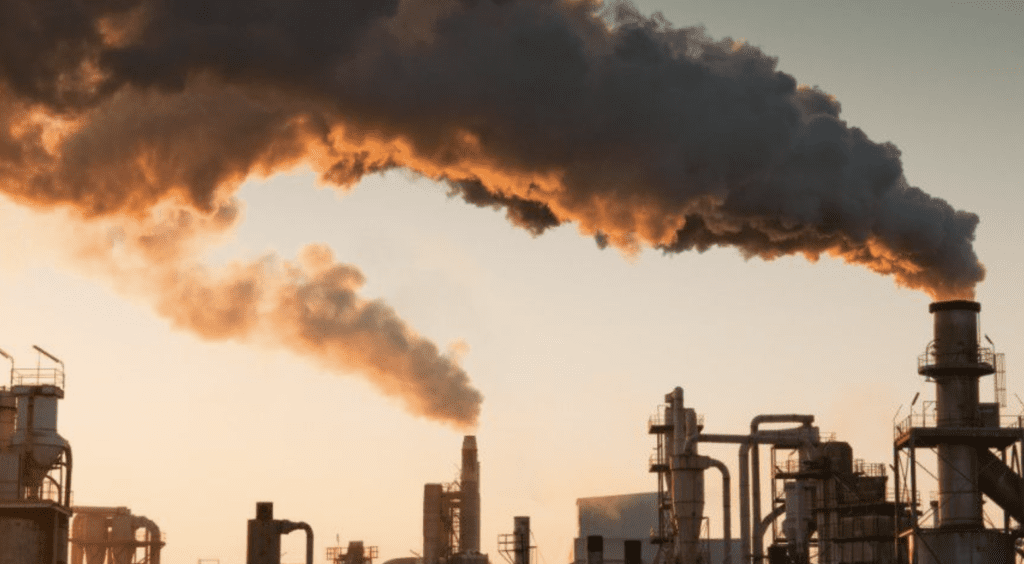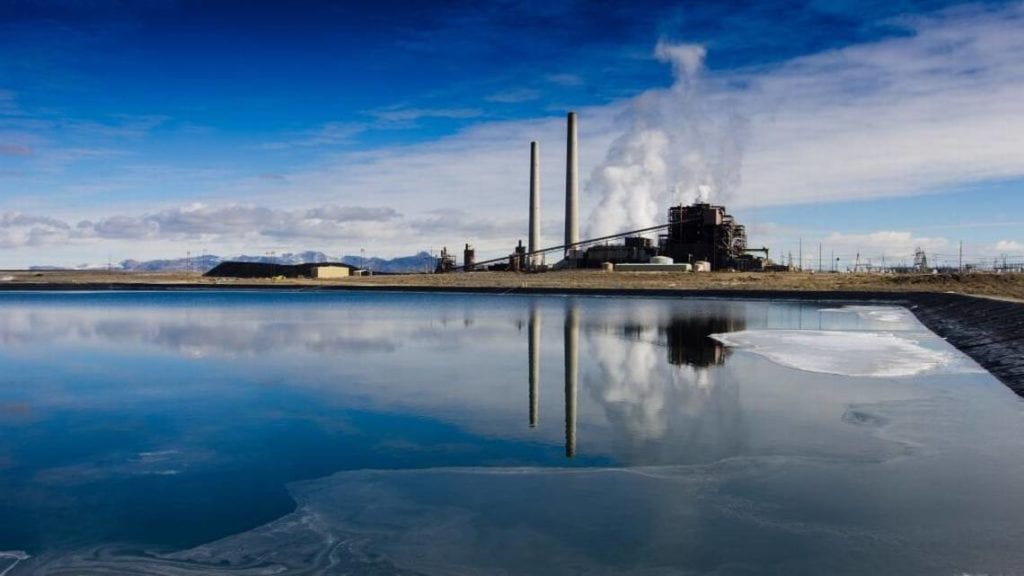The U.S. Environmental Protection Agency (EPA) has announced sweeping changes to regulations on the release of greenhouse gases (GHG) and other pollutants from coal- and natural gas-fired power plants, revoking federal limits on emissions and weakening rules established under the Biden administration that sought to combat climate change.
The EPA on June 11 said it would scrap a 2024 regulation that would require existing coal-burning power plants, and future plants burning natural gas, to begin capturing their output of carbon dioxide in the next decade. President Trump during his first term repealed a similar rule written during the Obama administration, replacing it with a weaker regulation on power plants. The EPA also Wednesday said it would revise a rule designed to limit emissions of toxins, including mercury.
“Both proposed rules, if finalized, would deliver savings to American families on electricity bills, and it will ensure that they have the electricity that they need today,” EPA Administrator Lee Zeldin said at a news conference. “EPA is taking an important step, reclaiming sanity and sound policy, illustrating that we can both protect the environment and grow the economy.”
Zeldin the new rules from the Trump administration will reverse policies that Zeldin called destructive to industry. “The sole purpose of these Biden-Harris administration regulations was to destroy industries that didn’t align with their narrow-minded climate change zealotry,” Zeldin said in a statement Wednesday. “Together, these rules were designed to regulate coal, oil and gas out of existence.” The EPA in proposing new rules also said “cost-effective control measures [for emissions] are not reasonably available.”
David Naylor, president and CEO of Rayburn Electric Cooperative, a Texas-based generation and transmission cooperative, told POWER the moves will allow power generators time to assess the viability of existing fossil fuel-powered assets. “Relaxing emissions caps allows us to preserve fuel diversity as the grid evolves, keeping natural gas and coal in the mix when we need them most. That matters, especially as demand surges and electrification accelerates.
“We were on a collision course: pushing carbon reductions aggressively while dispatchable sources were being retired faster than replacements could come online,” said Naylor. “This reprieve gives us breathing room—time to plan, invest, and transition to lower-carbon resources in a more practical and balanced way. This change gives power plant operators more time to adapt without forcing premature shutdowns that risk reliability. In fast-growing markets like ERCOT [the Texas grid], every kilowatt counts; rules should support both transition and resilience, not force a trade-off. This policy shift helps us reset the conversation, allowing for a more practical path to emissions reduction without compromising reliability.”
Cost Savings Cited for Deregulation Agenda
The power plant rules are among more than 30 environmental regulations that Zeldin targeted in March on what he called the “most consequential day of deregulation in American history.” At that time he said the EPA was moving to undo rules established during the Biden administration as part of the Trump administration’s effort to support industries including electric utilities, oil and gas exploration, and petrochemicals. During his March 12 announcement, he said the actions would put a “dagger through the heart of climate-change religion” and introduce a “Golden Age” for the American economy.
Zeldin on Wednesday said today’s EPA actions “will save American taxpayers over a billion dollars per year in regulatory costs.” The new rules could be finalized by the end of this year, and are expected to face legal challenges as have other regulations for power plant emissions enacted by different administrations over the past several years. Zeldin in a social media post wrote, “We are ENDING their war on our domestic energy supply and saving Americans billions of dollars in the process.”
Zeldin previously had said, “EPA needs to pursue common-sense regulation to Power the Great American Comeback, not continue down the last administration’s path of destruction and destitution.” Zeldin also has said he is “opposed to shutting down clean, affordable and reliable energy for American families.
“Affordable, reliable electricity is key to the American dream and a natural byproduct of national energy dominance,” Zeldin said.
Jim Matheson, CEO of the National Rural Electric Cooperative Association, in a statement said his group supports the Trump administration’s efforts to repeal emissions rules.
“These Biden-era EPA power sector rules are unlawful, unrealistic and unachievable. And they will jeopardize the reliability of the electric grid for as long as they remain in effect,” Matheson said. “Today’s announcements are a welcome course correction that will help electric co-ops reliably meet skyrocketing energy needs and keep the lights on at a cost local families and businesses can afford.
“These rules force power plants into premature retirement and handcuff how often new natural gas plants can run,” said Matheson. “Both of them are textbook examples of a bad energy policy that compounds today’s reliability challenges. We deeply appreciate the Trump administration’s recognition that these rules are unlawful, threaten American families and businesses and should be swiftly repealed.”
Read statements from America’s Power (in favor of repealing emissions limits) and the Environmental Protection Network (opposed to a repeal) on powermag.com.
Todd Snitchler, president and CEO of the Electric Power Supply Association (EPSA), in a statement said the EPSA also welcomes the new regulations. “The EPA’s [Biden-era] rulemaking requiring the use of carbon capture and sequestration technology for existing coal and new natural gas power plants nationwide was unrealistic, unachievable, and poorly timed. The United States is on the cusp of an increased level of demand for electricity, driven in part by the development of artificial intelligence, a resurgence of domestic manufacturing, and electrification policies. To meet this challenge, federal, regional, and state energy policies should be focused on encouraging the continued operation of existing power plants and attracting investment in new generation.”
Snitchler continued, “Unfortunately, the EPA rule would have moved us in the opposite direction—creating a regulatory environment where plants would be shuttered before economics dictated their retirement and shackling almost all new development in natural gas power plants outside of very specific regions. In short, this rulemaking would have undoubtedly been detrimental to the electric grid and the reliable supply of electricity for American homes and businesses.” Snitchler added his group supports “continued discussions with EPA to ensure the long-term viability of much-needed existing and new resources in any future rule making.”
Grid Reliability
Wednesday’s announcement comes one day after Jarrod Agen, executive director of President Trump’s National Energy Dominance Council, applauded the administration’s focus on coal- and natural gas-fired power stations for maintaining the reliability of the electric grid. Agen, speaking at news group POLITICO’s annual Energy Summit, said Trump would not consider supporting renewable energy resources such as solar and wind power. Said Agen: “The president’s priorities are around turning around fossil fuels.”
The EPA has said the power generation sector is the second-biggest source of greenhouse gas emissions, behind only transportation, with the electricity sector accounting for about 30% of all GHG. Zeldin has said government data from 2022 shows that GHG emissions from U.S. power plants account for just 3% of global GHG, which is down from 5.5 % in 2005. Energy industry analysts and climate advocates, though, has said U.S. power generators produced about 25% of the country’s GHG emissions in 2022, and data shows power generation accounted for about 1.5-billion metric tons of GHG emissions in 2023, a level higher than that of most other countries.
Among the emissions standards targeted by the new rules was developed in 2015 under President Obama. It cited Section 111 of the Clean Air Act, and would have required natural gas-fired power plants to install carbon capture technology by 2032. Coal-fired plants would need to implement the technology by 2039. Industry analysts have said the technology would cost power plant operators billions of dollars to install.
The Dept. of Energy (DOE) recently pulled funding from 24 projects that had been awarded DOE grants under the Biden administration, including several carbon capture projects.
The Associated Press news organization on June 5 reported that the current rules on power plant emissions could prevent an estimated 30,000 deaths in the U.S. each year, and save $275 billion annually in financial costs associated with pollution.
A paper published earlier this year in the journal Science found the Biden-era regulations could reduce U.S. power sector carbon emissions by 73% to 86% below 2005 levels by 2040. The report said that compared with a reduction of 60% to 83% without the rules.
Mercury Rule ‘Revision’
The EPA’s plan for emissions of mercury and other substances said the Biden administration “improperly targeted coal-fired power plants” when it issued regulations over the past few years. A new rule would cut emissions limits for toxic substances such as nickel, arsenic, and lead by two-thirds. It would reduce limits on emissions of mercury from some coal-fired power plants by 70%. It also would eliminate a requirement for all power plants to continuously monitor the exhaust from their smokestacks.
Zeldin on Wednesday said the EPA is not “eliminating” the Mercury and Air Toxics Standards, or MATS, rule, but instead is “proposing to revive it.” The agency will leave in place 2015 controls on toxic chemicals, which also include carcinogens such as arsenic and benzene, while proposing to strike down stronger limits put in place last year.
The EPA has said coal-fired power plants account for 44% of all emissions of mercury in the U.S. Mercury is known to cause neurological damage and also has been associated with heart disease and respiratory issues. President Obama imposed limits on mercury in 2011, a regulation that was rolled back during the first Trump administration, but then strengthened under President Biden, who early in his term said his administration would focus on decarbonizing the U.S. power sector by 2035. The U.S. Supreme Court in October of last year denied a request from 23 Republican-led states, along with some coal companies, to block enforcement of the mercury rule.
The Trump administration in April of this year granted emissions exemptions to several coal-fired power plants (the list is available here). His administration also has ordered some coal-fired power plants that were scheduled for retirement to remain open, citing grid reliability and energy supply concerns.
Jay Timmons, president and CEO of the National Association of Manufacturers, in a statement praised Wednesday’s EPA actions. “The EPA’s decision to repeal the unworkable power plant rule for existing coal-fired and new natural gas-fired power plants is a critical and welcome step toward rebalanced regulations and American energy dominance,” said Timmons. “This change will strengthen grid reliability and support manufacturing growth in the United States.”
Critical Reaction
Environmental groups quickly criticized the EPA’s moves. Manish Bapna, president and CEO of NRDC (Natural Resources Defense Council), in a statement to POWER said: “The EPA is hoisting the white flag of surrender on the power plant pollution that’s poisoning the air we breathe and harming our climate. Power plants are the largest industrial source of carbon emissions, spewing more than 1.5 billion tons of greenhouse gases annually. The EPA claims this pollution is insignificant—but try telling that to the people who will experience more storms, heat waves, hospitalizations and asthma attacks because of this repeal.
“What’s more, the EPA is trying to repeal toxic air pollution standards for the nation’s dirtiest coal plants, allowing the worst actors to keep poisoning the air. Ignoring the immense harm to public health from power plant pollution is a clear violation of the law,” said Bapna. “Our lawyers will be watching closely, and if the EPA finalizes a slapdash effort to repeal those rules, we’ll see them in court.”
Richard Revesz, faculty director at the Institute for Policy Integrity and Bryce Professor of Law and Dean Emeritus at New York University School of Law, said, “EPA’s arbitrary analysis obscures the full effects of its proposal, but the truth is that this action will cause significant harm to the public.”
Revesz continued: “The power sector is the second-largest contributor to U.S. greenhouse gas emissions and leaving this pollution unchecked runs contrary to EPA’s obligations under the Clean Air Act.” Revesz also said, “Courts have previously rejected agency analyses that undervalue or fail to value the significant and well-established damages from greenhouse gases.”
Vickie Patton, general counsel of the Environmental Defense Fund, in a post on social media platform X wrote: “The Trump EPA’s proposed repeal of these life-saving clean air protections is dangerous to the health, safety and well-being of all Americans. The Trump EPA is recklessly disregarding its responsibility under our nation’s clean air laws to protect the American people from mercury, arsenic and climate pollution from industrial smokestacks.”
Climate Mayors Executive Director Kate Wright in a statement shared with POWER said, “These rollbacks undermine the ability of mayors to shield their residents from harm and would allow corporations to pollute our air and water, and erode the quality of life for children and families across America. “Weakening the safeguards around toxic pollutants like mercury not only jeopardizes the health of city residents, especially those in historically underserved neighborhoods, it also hinders the ability of local leaders to build stronger, healthier, and more resilient communities. The EPA has a responsibility to protect our health and environment—not eliminate the safeguards that protect us from breathing in harmful toxins every day.”
—Darrell Proctor is a senior editor for POWER.




